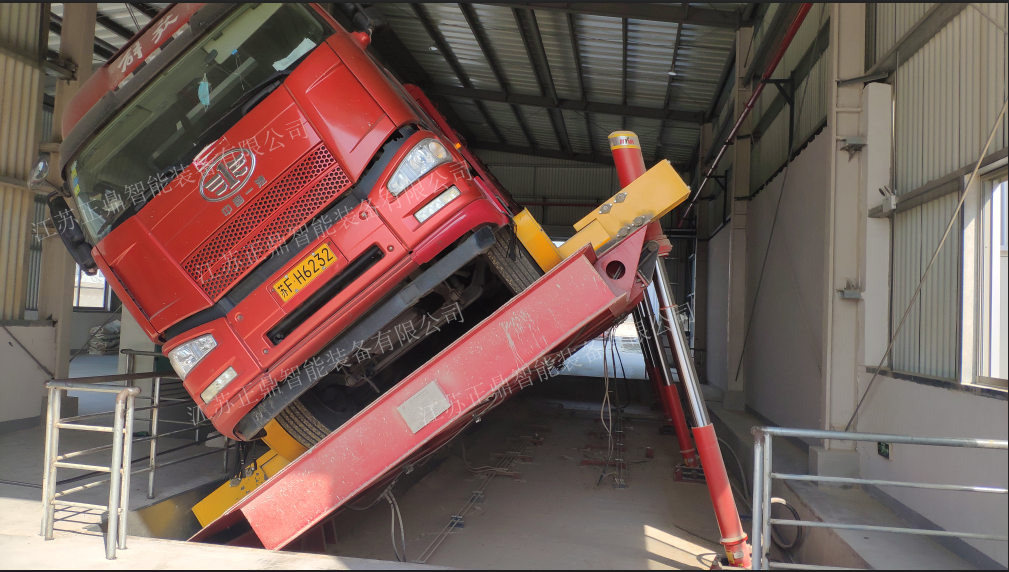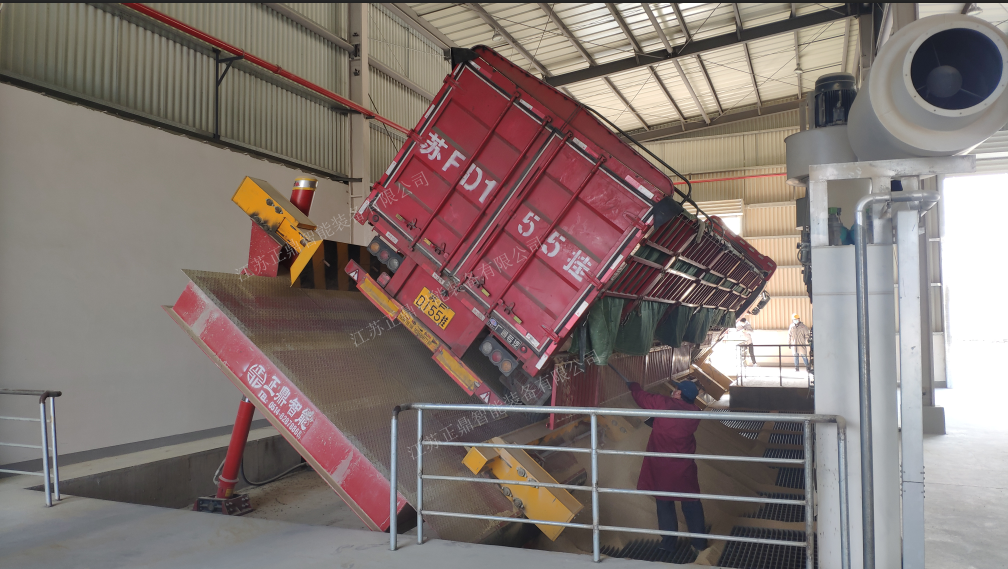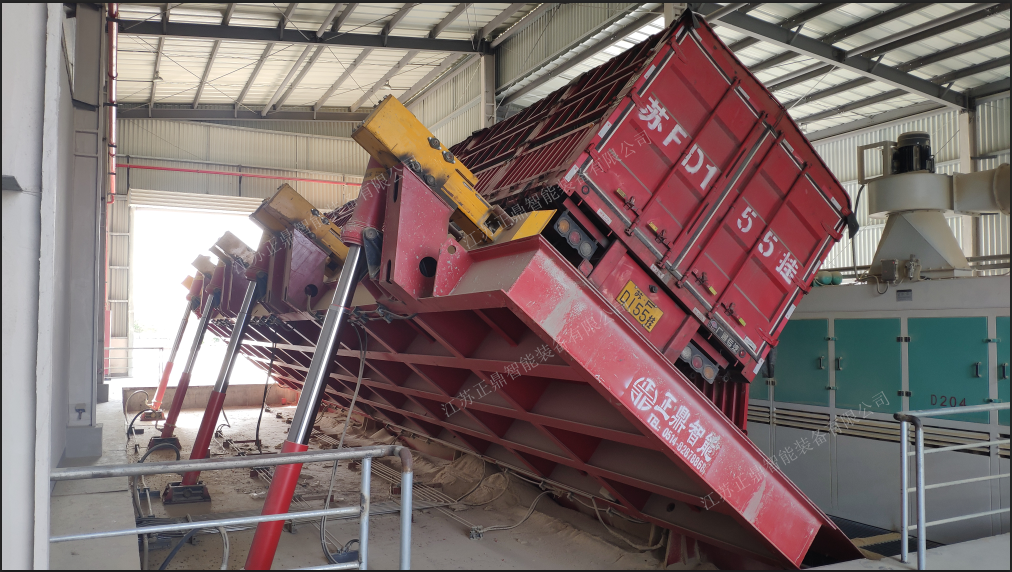loading and unloading shipping containers
Loading and unloading shipping containers represent a critical component of modern logistics and supply chain operations. These processes involve sophisticated equipment and methodologies designed to efficiently handle standardized containers that transport goods worldwide. The operation typically employs specialized machinery such as gantry cranes, reach stackers, and container handlers, which work in concert to move containers between ships, trucks, and storage yards. Modern container terminals utilize automated systems that incorporate computer-controlled equipment, real-time tracking, and advanced scheduling software to optimize the movement of containers. The process begins with careful planning and container sequencing, ensuring that each unit is properly positioned for efficient loading or unloading. Safety features include load sensing systems, anti-sway technology, and precise positioning mechanisms that protect both cargo and personnel. These operations are enhanced by innovative technologies such as optical character recognition for container identification, automated guided vehicles, and sophisticated terminal operating systems that coordinate all aspects of container handling. The entire process is designed to minimize turnaround time while maintaining the highest standards of safety and cargo integrity.


